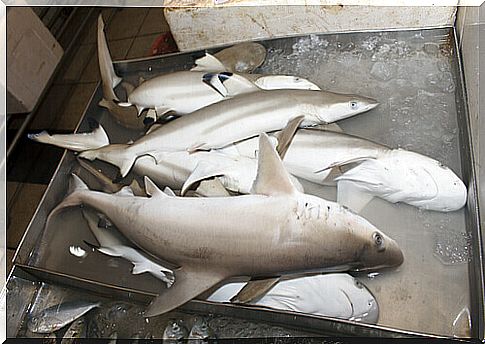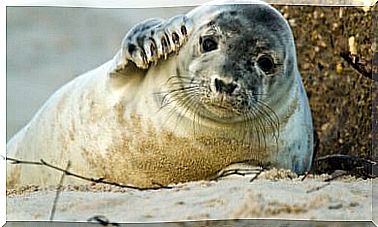The Benefits Of The CITES Agreement

The Convention on International Trade in Endangered Species of Wild Fauna and Flora is an international agreement that aims to ensure that trade in species does not constitute a threat to their survival. In this article we show you the benefits of the CITES agreement.
Why is CITES necessary?
Today the international wildlife trade is estimated to be in the billions of dollars annually and affects hundreds of millions of species. It is a trade that ranges from live animals, to seeds or derived food products.
Regulation
Once it is known that the trade in wild animals and plants crosses borders between countries, its regulation requires international cooperation.

This agreement was drawn up as a result of a resolution passed at the International Union for Conservation of Nature (IUCN) in 1963, but did not enter into force until 1975. The countries and organizations that have adhered to this agreement since then do so voluntarily.
The benefits of the CITES agreement
Each of the states that make up the agreement is known as a ‘party’. And these ‘parties’ meet regularly to make decisions about how to improve the functioning of CITES in later periods.
The last meeting held within the agreement took place this summer. It has been the 18th meeting, and is known as COP 18 of CITES, from which the latest achievements of the convention start.
Trade in elephants is prohibited
One of the benefits of the CITES agreement is that the extraction and trade of live wild elephants has been prohibited, including their sale to zoos. As explained by the Ministry for Ecological Transition in Spain, COP 18 prohibits the movement of elephants outside their range. There may be exceptions, in which case they must be endorsed and guaranteed by the Animals Committee and IUCN.
Until now, wild elephants could be exported alive to destinations defined as ‘appropriate and acceptable’. But the lack of specificity of this definition left open the option that the animals ended up in inappropriate destinations and with little control. Therefore, the situation of elephant populations globally became dramatic, especially considering the illegal trade in ivory or skins.

The African elephant is the largest land animal in the world and one of the umbrella species of wildlife. But its density has dropped below 500,000 specimens.
The benefits of the CITES agreement: the protection of some marine species is improved
At COP 18, a set of control and protection measures for 18 species of sharks and rays have been formulated. This decision obliges the countries that market and export these species to maintain adequate traceability of their catches and exports, for which they ensure that everything is done within the limits of legality and sustainability.
” Today’s decisions promise a brighter future for these highly threatened species of sharks and rays, as international trade has been the main factor in their decline and the low level of population growth, ” states the president of Shark Advocates. International, which is part of The Ocean Foundation.

The new CITES measures include:
- The shortfin mako shark, an exceptionally valuable and vulnerable oceanic species. It is at risk due to selective and incidental fishing derived from the demand for meat and fins. Therefore, the so far absence of limitations was leading them to overfishing.
- For the fish – specifically bay the wedge and guitar fish – which are considered most threatened marine fish of the world. This is because their fins are among the most valuable in world trade.









